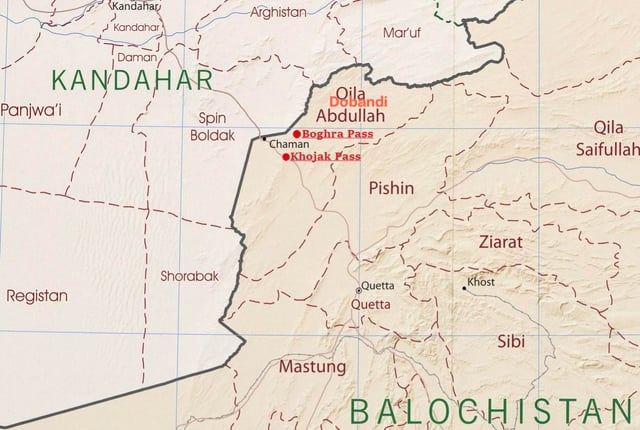1. Background
Location: Lake Suchitlán (also known as El Cerrón Grande Reservoir), situated in northern El Salvador.
Significance:
El Salvador’s largest freshwater lake.
Constructed in the 1970s as a reservoir for the country’s main hydroelectric power plant.
Supports thousands of local communities dependent on fishing, tourism, and small-scale trade.
2. The Current Crisis (2025)
The lake is suffering from a massive infestation of water lettuce (Pistia stratiotes), an invasive aquatic plant species.
Satellite images (October 2025) show that nearly the entire 52-square-mile (135 sq. km) water body is covered by this weed.
Fundesyram, an El Salvador-based nonprofit managing clean-up operations, estimates that about 80% of the lake is affected.
3. Causes of the Outbreak
The rapid spread of water lettuce is linked to multiple environmental and human-induced factors:
Extreme Pollution:
High organic waste and sewage discharge into tributaries feeding the lake.
Nutrient-rich runoff (especially nitrogen and phosphorus) promotes weed growth — a process called eutrophication.
Excessive Rainfall:
Heavy rains wash additional nutrients, soil, and waste into the reservoir.
Uncontrolled Nutrient Flow:
Agricultural runoff (fertilizers and pesticides) from surrounding farms accelerates algae and aquatic weed proliferation.
Absence of Ecological Management:
Lack of effective lake ecosystem management, waste treatment, and weed control measures over decades.
4. Ecological and Environmental Impact
Oxygen Depletion:
The dense floating mat of water lettuce blocks sunlight and oxygen exchange, reducing dissolved oxygen levels in the water.
Leads to mass fish deaths and destruction of submerged aquatic plants.
Biodiversity Loss:
Native aquatic species, including fish and plants, are unable to survive in oxygen-deprived water.
Overall collapse of aquatic ecosystems in affected areas.
Disruption of Water Transport:
The thick mat of vegetation prevents boats from navigating, halting fishing and tourism activities.
Hydrological Impact:
The clogging of water channels can affect water flow and hydroelectric power generation efficiency.
5. Socio-Economic Consequences
Livelihood Loss:
Around 3,000 fishermen have been forced to stop fishing due to the invasion.
Tourism and boating activities have ceased.
Local restaurants and hospitality businesses around the lake have cut staff due to loss of visitors.
Economic Damage:
The local economy has reportedly lost at least $1.3 million, according to the Confederation of Artisanal Fishing Cooperatives.
Food Security Concerns:
Decline in fish production affects protein supply and nutrition for local families.
Community Displacement:
Many families are migrating or shifting to temporary work due to loss of income.
6. Response and Clean-Up Efforts
Fundesyram (Local NGO):
Coordinating manual and mechanical removal of the invasive weed.
Engaging local communities and volunteers in clean-up drives.
Government Initiatives:
Yet to establish large-scale biocontrol or nutrient management programmes.
Challenges:
Scale of infestation makes manual removal unsustainable.
Continuous inflow of pollutants means regrowth is rapid even after cleaning efforts.
7. Broader Environmental Lessons
Eutrophication & Invasive Species Link:
Excess nutrients from agriculture and sewage trigger uncontrolled growth of invasive aquatic plants.
Need for Integrated Lake Basin Management:
Pollution control, afforestation, and watershed management are crucial for long-term sustainability.
Climate Change Factor:
Changes in rainfall patterns and rising temperatures enhance weed growth rates.
Community Involvement:
Local participation in conservation can improve resilience and awareness.
Hydropower-Versus-Ecology Balance:
Hydroelectric projects must integrate ecological safeguards to prevent long-term ecosystem collapse.
8. Global and Indian Relevance
Global Context:
Similar invasive weed problems exist in Africa (Lake Victoria) and Asia (Water hyacinth in India’s Loktak and Vembanad lakes).
Highlights the universal threat of invasive aquatic species in polluted freshwater bodies.
Indian Parallel Examples:
Water hyacinth (Eichhornia crassipes) infestations in Indian lakes such as:
Loktak Lake (Manipur)
Vembanad Lake (Kerala)
Hussain Sagar (Hyderabad)
Demonstrates the importance of nutrient control, wetland conservation, and bio-remediation.
9. Key Takeaways for UPSC
| Aspect | Details |
|---|---|
| Location | Lake Suchitlán (El Cerrón Grande Reservoir), El Salvador |
| Issue | Infestation of Water Lettuce (Pistia stratiotes) – an invasive aquatic plant |
| Extent | 80% of 135 sq. km lake covered |
| Causes | Pollution, nutrient runoff, rainfall, eutrophication |
| Ecological Impact | Oxygen depletion, fish deaths, biodiversity loss |
| Socioeconomic Impact | Loss of livelihoods, tourism decline, $1.3 million economic loss |
| Response | NGO-led cleanup (Fundesyram), community participation |
| Global Relevance | Linked to eutrophication and poor lake management seen globally |
| UPSC Themes | Environment, Invasive species, Ecology, Sustainable Development, Water Pollution |
10. Summary
The Lake Suchitlán crisis is a textbook example of how environmental degradation, poor waste management, and unchecked nutrient pollution can lead to ecological collapse and socio-economic distress.
It reinforces the urgent need for sustainable freshwater ecosystem management, pollution control, and community-led conservation — not just in El Salvador, but globally.







